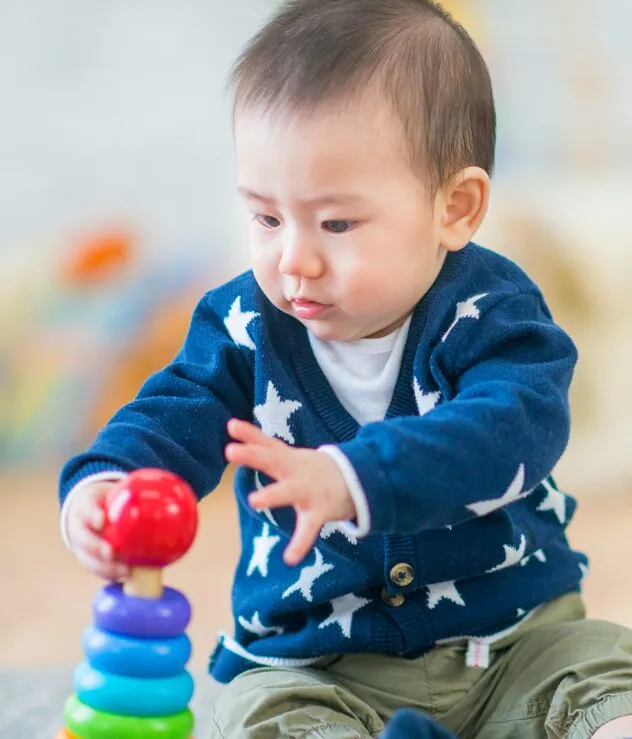Why I Would Have Kept My Old Raggedy Orange Chair


I recently watched the lovely webinar Revisiting Room Arrangement as a Teaching Strategy hosted by two of my Teaching Strategies family members, Elizabeth White and Scott Harding. Boy, did it really make me think about my time as an educator.
I did not grow up dreaming about becoming an educator or a family child care provider. It all started with a call from a longtime friend and single mom who was worried because her family child care provider was retiring. She was in a pickle and needed someone to care for her son. At the time, I had decided to stay home with my son as I pursued my Associates Degree. I figured that I had the time and my son could always use a playmate, so I eagerly said I would help her out. It was then that my journey into the world of early childhood care and education began.
Within the year, I knew that I was hooked. I wanted to be the best family child care provider I could be. I sought out every class I could take, joined every support group and association that I could join, and devoured books and articles like it was my last meal. But at the end of the day, I caved when it came to my family child care environment.
There are many ways to set up your family child care environment. Shared space is when the family child care children share your space with your family. Another way is that you may have converted a garage or basement that is set aside for your business. This setup most often resembles what you might find in a child care center. A third way is a combination of the two, in which you may have a converted garage where you spend a portion of your day, but the children also share your family’s space.
During my 14-year career as a family child care provider, I experienced all three of these types of environments. All had their pros and cons, but if I had to do it all over again, I would have stuck with shared space. I would not have caved to the pressure that learning only happens in an environment that looks like a “mini” child care center—I would not have taken the family out of family child care.
Looking back, I now realize how much learning takes place in a home and how important it is for children to learn in a way that helps them apply new information to their everyday lives. I remember being made to feel silly because I would have children sort the socks in my ever-growing sock basket instead of sorting store-bought manipulatives. I remember being made to think that children could only learn about shapes if I bought shapes instead of pointing out all the shapes that not only existed in my home, but in the children’s homes. But the thing I regret the most is getting rid of my ugly, old orange chair.
That orange rocking chair was just hideous. It was old, it was stained, it creaked—but it got that way because it was so well loved by everyone. My husband rocked four of our five boys in that chair every night before they went to bed. My grandfather, who visited once a month, would rock children and tell stories in that chair to all. My family child care children would pile into that chair to snuggle with each other. Their parents would sit with them in that old chair to help them transition into our day. It was the chair that I would sit in to rock and soothe a baby or a child who was upset or scared. Children would pile around me in that chair (two on my lap and two on the arms) just to be read a story.
Each one of the stains on that chair were earned, and I just simply got rid of it. Why? Because I was made to feel that, if I didn’t have a dedicated “library area,” that learning literacy and a love of books wouldn’t just simply happen, just as I was made to feel that children couldn’t learn to sort unless I had store-bought materials. The simple fact is that children learned more in that old orange chair than they did in my new library area on the floor with a few throw pillows. What was lost was the family feeling that we as parents and family members enjoy with our own children, the feeling of crawling up in a cozy space together to read, to whisper, to share a special moment that builds relationships with children that last long into their adulthood.
Beth and Scott so eloquently explained how great learning will occur if we are intentional about our environments and understand why and how we set up our space. I want to build on all the wonderful strategies they shared to simply say that it is okay for all educators to embrace “family” in our settings. I for one hope to see more hideous, stained-up, ugly orange chairs that promote deep relationships and learning.

Individualize Learning Experiences in Your Family Child Care
Create an environment that provides infants to school-aged children with individualized, meaningful, and consistent learning experiences with Teaching Strategies.